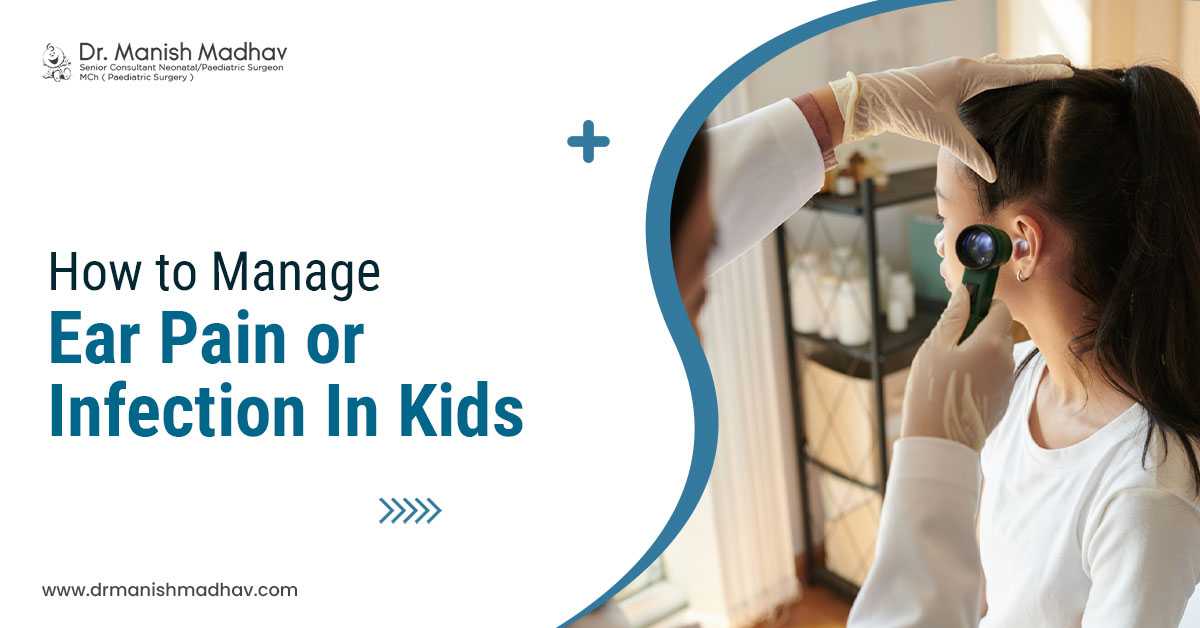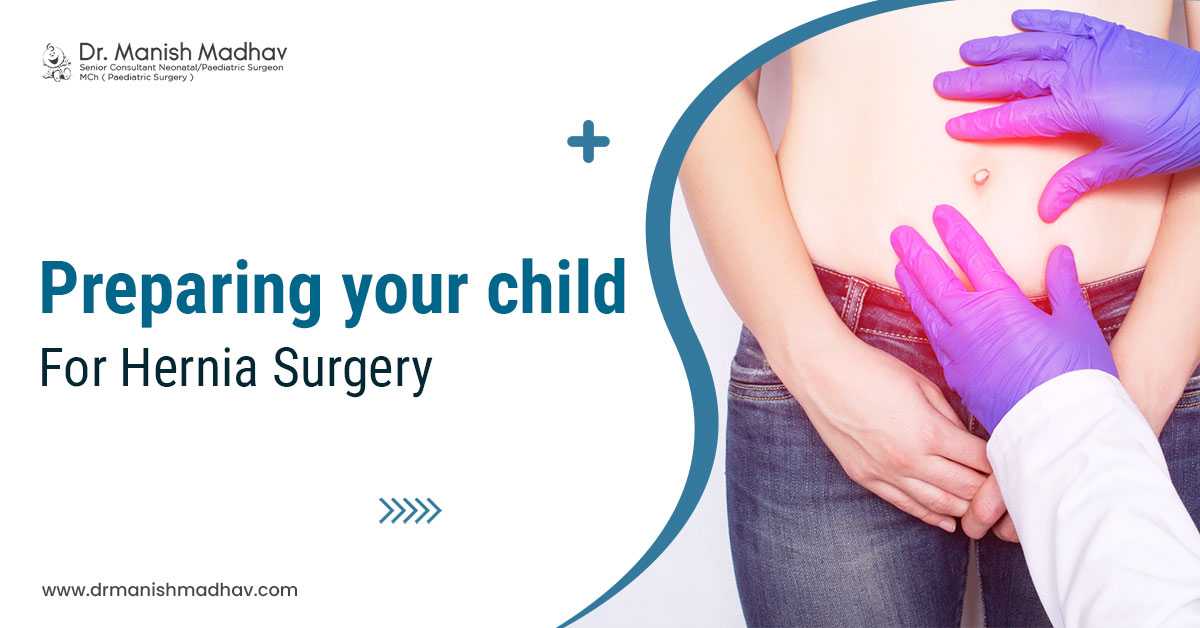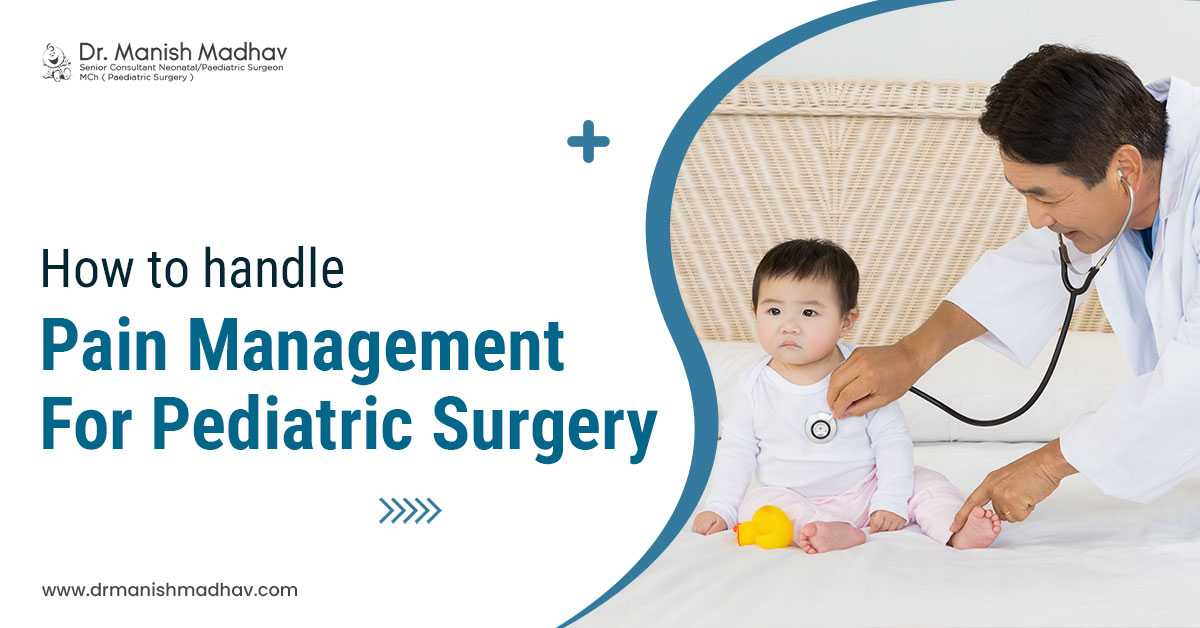How to Recognize Early Symptoms of Appendicitis in Children?
You can make sure your child gets medical attention on time by identifying the early signs. This blog explains the symptoms in an easy, understandable manner so you may be more confident in your ability to recognize them.
One of the most frequent reasons why children have sudden abdominal discomfort is appendicitis. This condition or pain can worsen if left untreated. While appendicitis can strike at any age, children between the ages of 10 and 19 are most susceptible to it.
Child appendix surgery Siliguri under the top pediatric surgeon ensures effective outcomes. The problem for parents is that early symptoms can be easily missed because they frequently resemble constipation or stomach sickness. Surgery is a highly effective treatment here.
Appendicitis – Sharing an Overview
It is an infection or inflammation of the appendix. This affects a tiny, finger-like pouch connected to the big intestine (appendix), which results in appendicitis. If left untreated, the appendix may rupture and cause a potentially fatal infection inside the belly, whether in adults or kids.
Appendicitis is regarded as a medical emergency due to this risk. Understanding early symptoms is the first step towards making an early diagnosis, which is very important.
Know the Early Signs of Childhood Appendicitis
The following are the most typical early signs to look out for, though not every child will show every symptom.
Pain in the vicinity of the belly button
Pain around the belly button is one of the oldest and most recognizable symptoms. This pain may initially appear to be minor or intermittent. And, this makes parents frequently think it's gas or something the child consumed.
But the pain associated with appendicitis is more obvious since it usually:
- Begins close to the belly button.
- Gradually it gets sharper.
- Becomes steadier over several hours.
Worsening belly-button pain should not be overlooked, even if your youngster can still play or move around at first.
Pain Shifting to the Lower Right Side
The appendix is placed on the lower right side of the belly, where the discomfort typically moves as the inflammation gets worse. This change often occurs a few hours after your kid starts to feel the pain.
Kids might:
- Stroll stooped over.
- Defend their right flank.
- Complain that as you move, the ache gets worse.
It's a serious sign if your child attempts to avoid laughing, coughing, or leaping because it hurts. You may talk to one of the best doctors for appendicitis in children in Siliguri or near you.
Nausea and Vomiting
Did you know that many children experience nausea or vomiting soon after their stomach pain begins? Yes, they do. In appendicitis, you may notice that your kid vomits after the pain, not before.
This distinction helps distinguish appendicitis from stomach flu, in which vomiting usually occurs first. If your child vomits once and then appears to be getting worse, keep an eye out for other symptoms that occur in tandem.
Low-grade Fever
Appendicitis frequently generates a slight fever, typically ranging from 99 to 101°F (37.2 to 38.3°C). Sometimes the temperature is scarcely detectable, and as the virus progresses, the fever can rise.
It is important that you regularly watch your child if he or she develops a stomachache and a fever, no matter how low. Inform your pediatric doctor in Siliguri or near you for optimal relief.
Abdominal Swelling or Bloating
You may notice that your kid’s abdomen is swollen or becomes bloated as inflammation rises. Younger children and toddlers are more likely to experience this symptom since they might not be able to adequately express their suffering.
Get medical help right away if your child appears to have a hard or bulging stomach. A pediatrician will conduct a diagnosis and ensure the root cause.
Changes in Bowel Habits
Appendicitis may result in:
- Moderate diarrhea
- Constipation and trouble passing gas
As the inflammation increases, the digestive system slows down, resulting in these changes, but you should not ignore them. Appendicitis typically does not result in significant diarrhea, in contrast to stomach infections.
Pain That Increases When Your Kid Moves
You might observe that your kid refuses to walk normally or avoids making abrupt movements. Coughing, leaping, climbing stairs, and even driving might make the pain worse.
If your kid tells you about pain they feel with movements or jumps, it may indicate appendicitis. However, without a medical diagnosis, we cannot ensure the definitive cause.
Appendicitis Symptoms in Younger Children
Children under five may not always be able to describe what's happening, making the diagnosis of appendicitis more difficult. Plus, their symptoms are typically less specific or diverse. Now, in toddlers and preschoolers, look for these signs and symptoms:
- Vomiting repeatedly
- Swollen belly
- Fever
- Inexplicable sobbing or anger
- Refusing to move or standing stooped over
- Not wanting to eat
Young children more often show signs of general illness, and their symptoms may worsen more quickly than those of older children.
When to Get Medical Assistance for Your Kid
Get your child medical attention right away if they have:
- Lower right abdominal pain that shifts
- A bloated or hard belly
- Ache that worsens over time
- Fever accompanied by stomachache
- Vomiting after the pain begins
- Pain that makes it difficult to walk or hop
Without a pediatrician's approval, never give your child laxatives, enemas, or painkillers. These may exacerbate symptoms by irritating the appendix.
It's best to get your kid checked out as soon as you suspect appendicitis. To make a diagnosis, physicians may employ imaging, blood tests, ultrasounds, or physical examinations.
Appendicitis, whether in adults, can worsen rapidly. A serious infection known as peritonitis may result from an appendix rupture. Here, children may get severely sick and need more intensive care.
Early symptom diagnosis is beneficial:
- Avoid complications
- Cut down on recovery time and
- It offers a safer, easier procedure
When appendicitis is treated promptly, the majority of children recover quickly. You might seek advice for a child appendix surgery Siliguri or near you from the leading doctor.
The best way to keep your child safe is to recognize it early. Get medical help if your child has chronic stomach discomfort, particularly if it shifts to the lower right side, gets worse over time, or is accompanied by fever, nausea, or vomiting.
Early detection of symptoms has always been crucial because parents are the ones who know their kids the best. Keeping yourself informed enables you to take prompt, confident action, increasing your child's chances of a quick and easy recovery. Consult your pediatric surgeon.
Comments (0)





